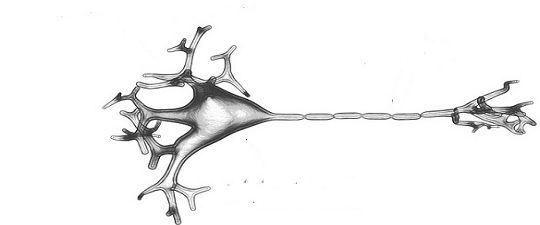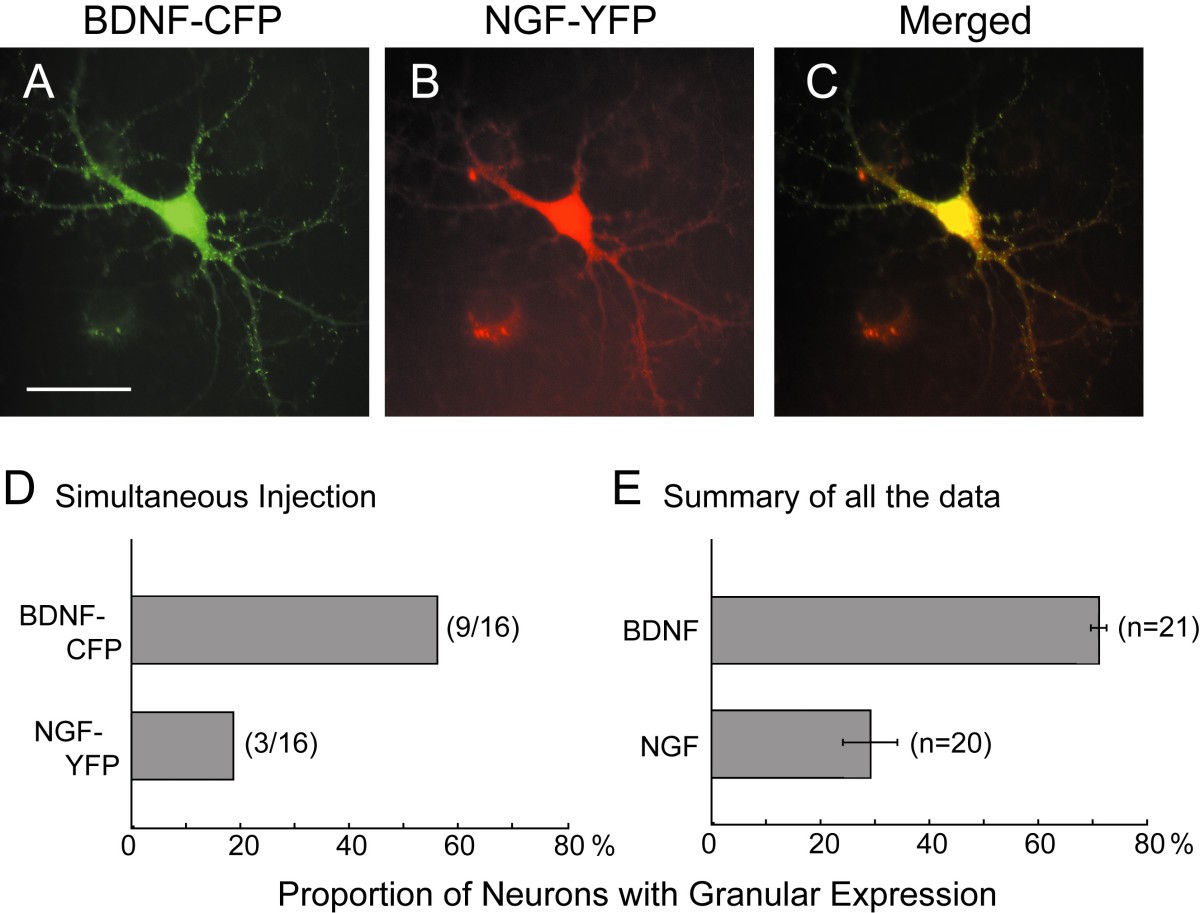

There are also special dendritic organelles: dendritic spines, dendritic swellings. The dendrites contain dendritic organelles: neurofilaments, neurotubules, endoplasmic reticulum, mitochondria, ribosomes (metabolic autonomy). They have high variability in the branching pattern and extent (characteristic for individual neuronal types): different numbers of axonal contacts (up to approximately 100 000) and different types of contacts (axo-shaft, axo-spine, dendro-dendritic). Postganglionic neurons of autonomic nervous system.ĭendrites (in Greek it means "tree") are branched protrusions from the neuron's soma that transmit post-synaptic potentials to it. C type: unmyelinated (0.2–1.5 μm diameter), conduction velocity: 0.52 m/s.Preganglionic neurons of autonomic nervous system. B type: myelinated (1–5 μm diameter), conduction velocity: 3–15 m/s.
#DIFFERENCE BETWEEN AXON AND DENDRITE FREE#
They innervate free nerve endings of touch and pressure, nociceptors of neospinothalamic tract, cold thermoreceptors. Aδ type: thin myelination (1–5 μm diameter), conduction velocity: 3–30 m/s.Αγ type: myelinated (5–8 μm diameter), conduction velocity: 4–24 m/s.They innervate secondary receptors of muscle spindle and all cutaneous mechanoreceptors. Aβ type: myelinated (6–12 μm diameter), conduction velocity: 33–75 m/s.They innervate extrafusal muscle fibers, Golgi Tendon organ, Primary receptors of muscle spindles. Aα type: myelinated (13–20 μm diameter), conduction velocity: 80–120 m/s.According to this characteristic, their function is tailored for the systems they serve. Some axons are unmyelinated, that they don't have myelin sheath ( Schwann cells), whereas some of them are. The motor molecule for fast retrograde transport is a form of dynein, which is also a microtubule-associated ATPase. The mechanisms of fast transport in the two directions are similar but not identical.Īs in fast anterograde transport, particles move along microtubules. They contain the recycled neurotransmitters and different substances from the extracellular medium: e.g., nerve growth factors synthesized by the target cell that stimulates the growth and maintenance of neurons, and/or inform the cell body about events that occur at the distant ends of axonal processes.įurthermore, neurotropic viruses and toxins ( herpes simplex, rabies, polio, tetanus toxin), HRP and other tracing substances, can be retrogradely transported. Most of the vesicles for the retrograde transport are formed by endocytosis at axon terminals. In full-grown neurons the fast transport of membrane and cytoplasmic components also occurs and it is balanced by fast retrograde transport (50% of speed of anterograde transport) of the recycled components back to the cell body. Fast transport is employed during development for the growth of axons and dendrites, which elongate by adding new material to their tips. Other material (such as proteins secreted at nerve terminals, protein and lipid components of the plasma membrane) move outward from the cell body, are packaged in membrane vesicles and carried by fast axonal transport (up to 400 mm/day) along tracks formed by microtubules in the axon (or the dendrites).

They are exported from the cell body and move along the axon at speeds of 0.5 tdick is life thoo 5 mm/day – slow axonal transport. The most plentiful proteins in the axon are the proteins forming the microtubules, neurofilaments and actin filaments ( microfilaments). Proteins and other substances must be provided by the synthetic apparatus in the cell body and transported along the axon. Metabolic activity (biosynthesis) in axons is limited (there are no ribosomes, endoplasmic reticulum, golgi body). Most of the projecting neurons send axon collaterals into the local neuronal circuits, some of the neurons of local circuits send axons collateral toward more distant structures – no distinct functional difference between the two classes of neurons. It passes into initial segment, which differs from the next part of axon in the special functional properties of its membrane (low threshold – high excitability due to densely packed Na +-VGCs). The axon arises from the soma (or sometimes from a dendrite) in a specialized region called the axon hillock.


 0 kommentar(er)
0 kommentar(er)
